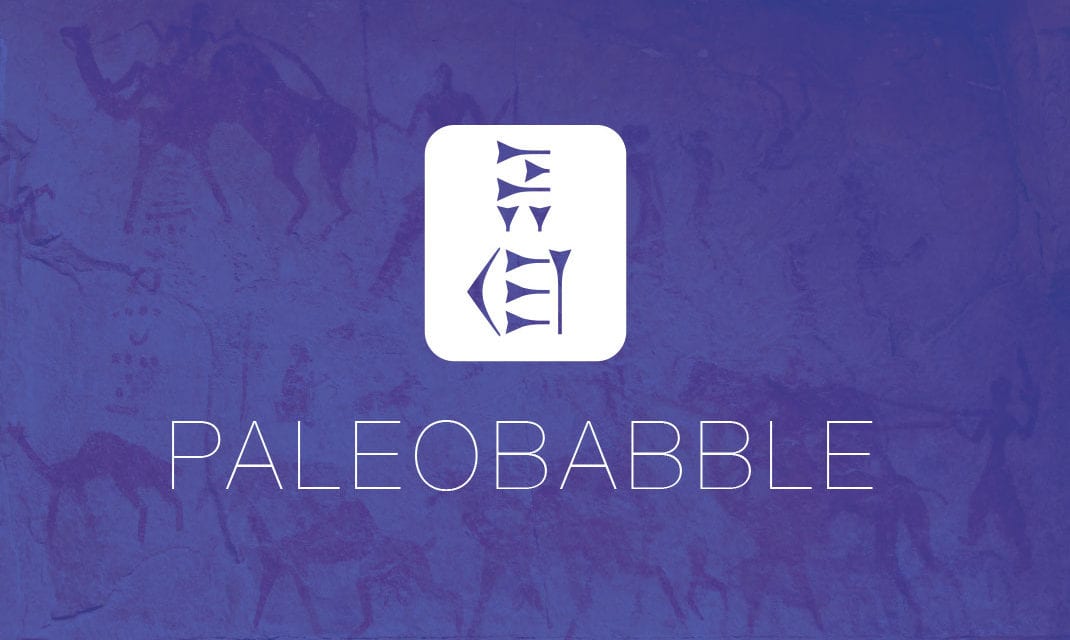So says this news report from World Net Daily.
My opinion? Prepare for disappointment.
Now, I’m not saying that the “Ethiopian view” of what happened to the ark of the covenant is complete PaleoBabble. It actually has some circumstantial evidentiary power (key word there being “circumstantial”). And the case for it certainly isn’t as compelling as Graham Hancock tries to make it in his book, The Sign and the Seal. Those familiar with Hancock who perhaps may not have read that book should know what to expect from that work: breathless “this can only mean that” rhetoric, leaving many critical details poorly addressed or avoided, and dispensing with logic where necessary. I addressed Hancock’s illogic and self-serving use of evidence in a paper way back in 1994 delivered to the Near East Archaeological Society (my first conference paper). Here it is for the curious. As an example of the disingenuous nature of Hancock’s research, see the image below. Hancock quotes the 13th century AD traveler Abu Salih, who reports that he saw the ark during his trip to Ethiopia (Abyssinia). Hancock only gives a few lines from the quotation in his book (the ones that help his case). I copied the image below from the scholarly book, Ethiopia and the Bible, by Edward Ullendorff, 1968. It has the whole quotation:
You’ll note that this ark has been modified — crosses and jewels added. Do you really think the Ethiopian Jews (Falashas) would touch, much less alter, the real ark? If you do, maybe you’re investing in GM right about now.





